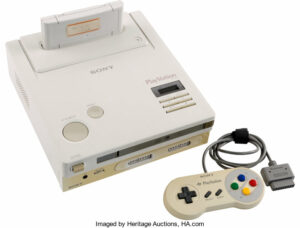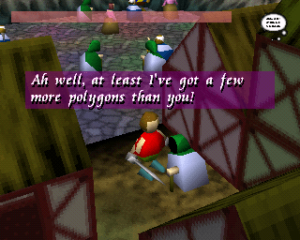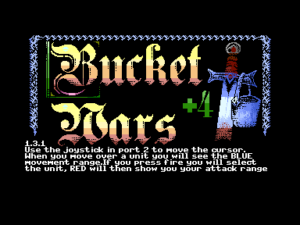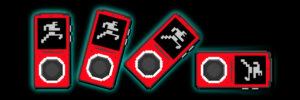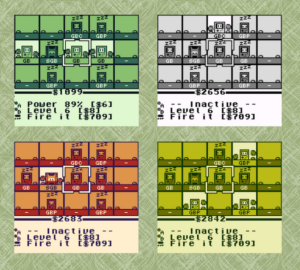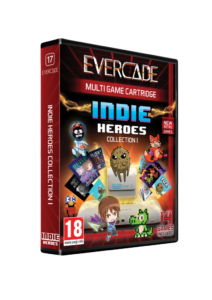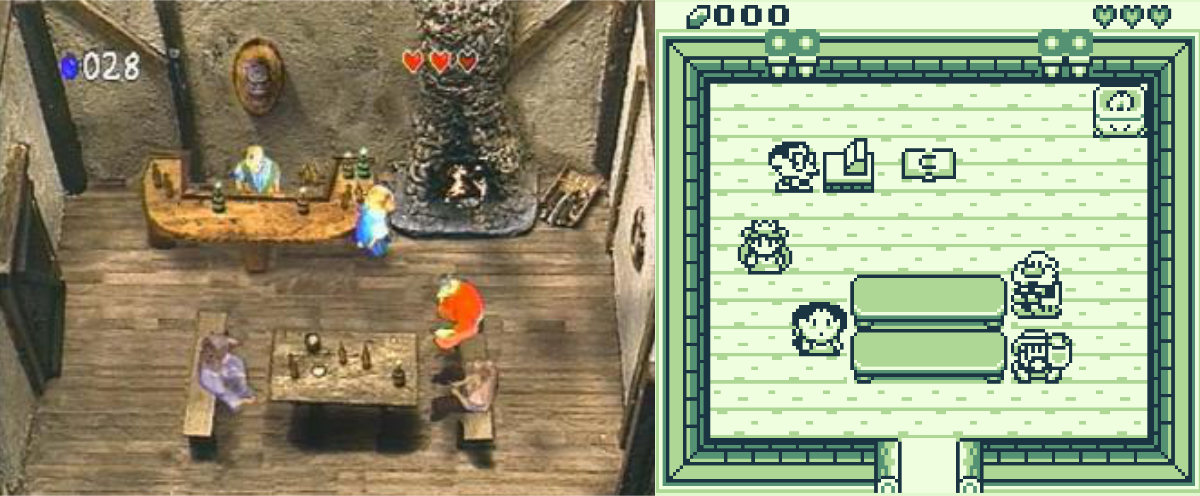
In 1989 Nintendo made a deal with Sony to create a CD-ROM add-on for the SNES, but Nintendo broke the agreement and signed a deal with Philips. (Sony then decided to develop their own gaming console, which eventually became the Sony PlayStation.)
After seeing the poor sales of Sega’s CD add-on, the Philips CD project was cancelled before it was released. Philips and Nintendo had signed a contract that allowed Philips to use Nintendo’s characters for their own games in exchange for the use of Philips’ CD-ROM technology for the SNES add-on. When the add-on was cancelled, Philips was left with the rights to use Nintendo’s characters, including Zelda, but no platform to release the games on.
As a result, Philips decided to release their own CD-based gaming console, the CD-i, and produce games featuring Nintendo’s characters, including the Zelda series.
The three Zelda games that were produced for the Philips CD-i are generally known for their poor quality and are considered by many fans to be some of the worst games in the series. The first two games were side scrolling platform games, but the third, Zelda’s Adventure, was a top-down adventure game, where the player controls Zelda as she explores the land of Tolemac and battles enemies.
“Zelda’s Adventure looked interesting,” said John Lay “and I thought it would be fun to play on a portable system. I chose the Game Boy because of the existing Zelda games on the system.”
Lay adds “The game sticks to the aesthetics of Link’s Awakening, but also incorporates some features from Oracle of Ages and Oracle of Seasons.”


